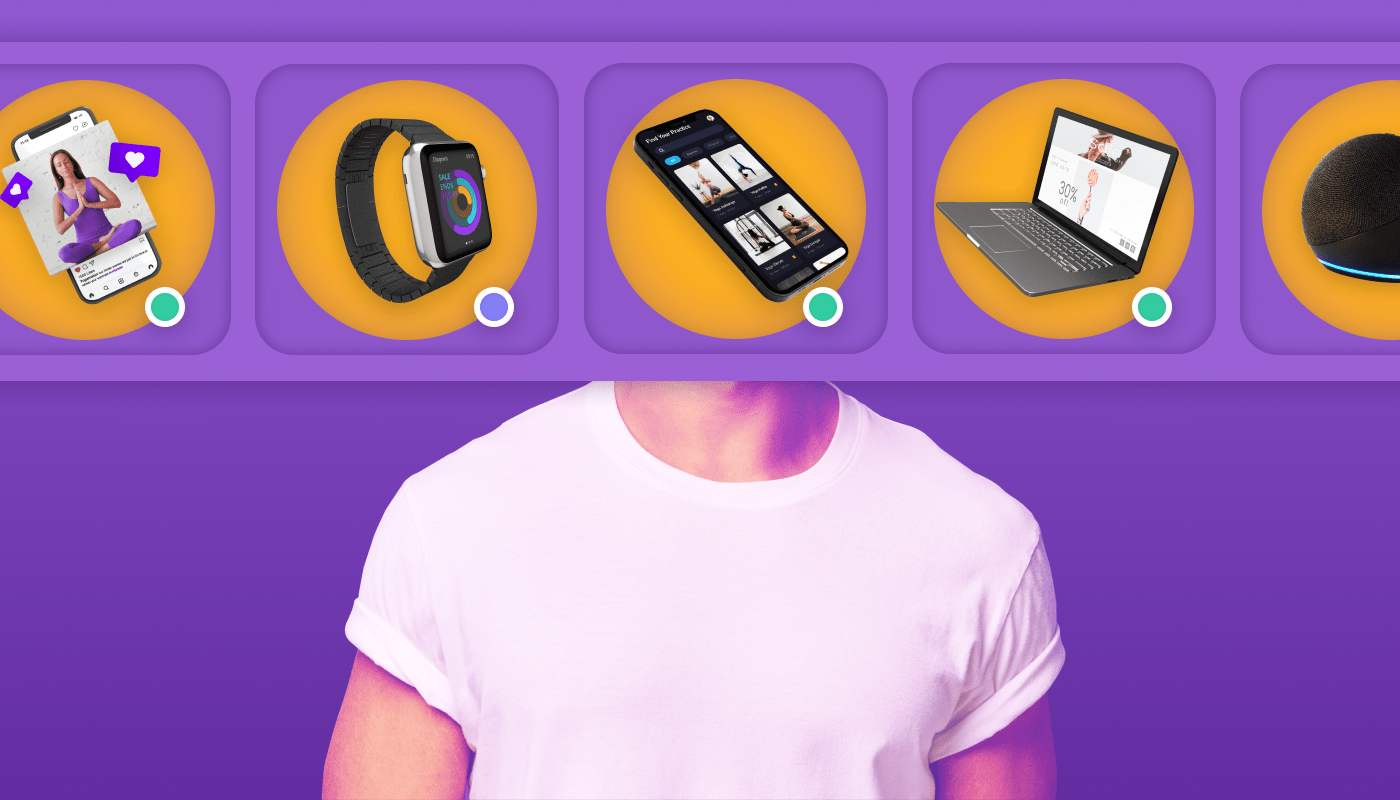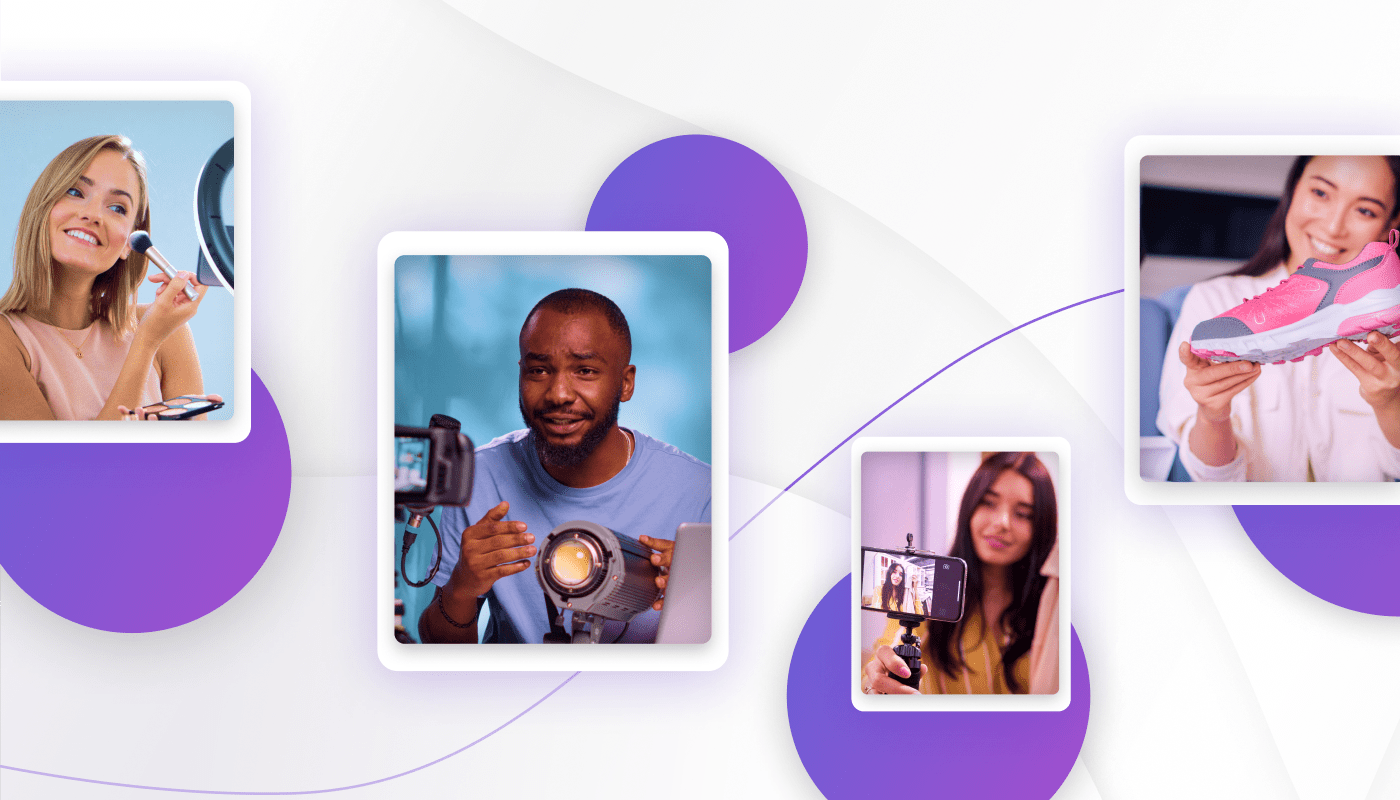In an era of content abundance, the traditional linear approach to content production is becoming increasingly outdated. The landscape has transformed into a dynamic ecosystem where content creation involves a multitude of contributors – from writers and media designers to UI developers and even external systems. This diverse team collaborates to cater to a wide array of channels, including web, mobile, social media, chatbots, and even cutting-edge technologies like AR/VR.
The challenge is no longer just about creating content, it's about orchestrating voices and mediums to engage diverse audiences effectively. As content production reaches new heights, the need for a flexible and agile solution becomes paramount, and this is where headless content management systems (CMS) step into the spotlight.
With the global headless CMS software market expected to grow to an estimated USD 5.5 billion by 2032, we take a closer look at what headless CMS solutions are and how they help organizations across different industries to streamline content management, reduce costs, and improve time-to-market.
What Is a Headless CMS?
A headless CMS is a backend-only content management system that separates the content creation and storage functions from the presentation layer. This allows for a much more efficient and flexible content distribution to an unlimited number of frontends through APIs.
The decoupled architecture of a headless CMS enables businesses to easily scale their content management and delivery handling increasing demands and traffic without compromising performance. Decoupled solutions also provide the ability to create channel-agnostic building blocks that can be reused from project to project, allowing developers to mix and match technologies at the frontend to achieve the best results in terms of speed and user experience.
The primary differences between a headless and a traditional CMS lie in how they handle content creation, storage, and delivery.
A traditional CMS is a monolithic delivery system designed primarily to serve a single web channel. The frontend and backend are tightly coupled, and content is typically delivered through predefined templates. As a result, any change to the presentation layer, including scaling, may require adjustments to the backend, and vice versa resulting in highly inefficient reworks and limited reuse across channels.
Applications in Different Industries
Headless content management systems (CMS) offer performance improvements across a variety of sectors through their decoupled architecture and flexible streamlined content delivery.
In fast-paced digital businesses such as ecommerce and media, a headless CMS greatly accelerates content distribution across different channels and formats including frequent real-time updates or promotional materials.
A headless CMS also helps diversify content types from interactive guided selling tools to buyer guides, expert videos, and more. For travel and hospitality, this translates into a fully personalized booking experience with dynamic content delivered around destinations, accommodations, and travel options. In government and public services, a headless CMS improves the accessibility of critical public service information and multilingual content delivery enhancing the citizen experience and embracing diversity in communities.
For education, it makes learning platforms more flexible in delivering educational content and adapting to modern channel requirements. In healthcare, it supports higher patient engagement through relevant content, and in banking, it elevates omnichannel experiences through secure content delivery.
Benefits of Headless CMS for Business Users
A headless CMS empowers content creators to focus on what they do best – create and manage their content without the inefficiencies and frontend technology constraints. The added flexibility, agility, and easy collaboration allow business teams to streamline content creation, stay responsive to market demands, and deliver exceptional user experiences.
Here are 6 ways a headless content management system improves the lives of business users:
- Simplified authoring: Creators can solely focus on authoring content without having to worry about how it will look on different channels and repetitively format it for different devices and applications.
- Wider audience reach: Business users can instantly publish content in multiple languages and across a variety of channels including websites, mobile apps, social media, and emerging platforms expanding global reach.
- Future-proof solutions: Users can adapt to emerging trends, such as voice interfaces, augmented reality, or Internet of Things (IoT) through APIs without the need to migrate their work in case of technology changes.
- Faster error-free editing: Content creation becomes more agile allowing users to make real-time updates and changes for faster time-to-market as well as cross-channel consistency.
- Reduced IT dependency: Business users take control of their content without heavy reliance on IT teams for every update improving collaboration and accelerating project timelines.
- Value-adding focus: By eliminating process redundancies, business users can focus on more value-adding tasks such as implementing personalization strategies, and evaluating data-driven insights for higher user engagement.
Benefits of Headless CMS for Technology Users
The decoupled architecture, API-first approach, and freedom to choose technologies provided by headless CMS solutions empower developers to build dynamic and scalable applications that align with modern digital trends. This approach fosters rapid development, improved productivity, and seamless integration with emerging technologies, allowing tech teams to create innovative and dynamic user experiences.
Here are 6 ways a headless content management system improves the lives of technology users:
- Frontend freedom: Developers have the freedom to choose any frontend technology, tool, library, or framework that best suits their needs for different channels.
- Improved security: By centralizing content management, technology teams can implement robust security protocols to safeguard valuable content data, reducing vulnerabilities and potential risks.
- Higher productivity: Developers are empowered to innovate and experiment focusing on new features with faster development cycles instead of constantly working on updates and maintenance.
- Simplified integration: The API-first approach makes it easy to integrate with various internal and external systems such as CRM or the search engine allowing for a highly flexible tech stack.
- Efficient scaling: As content demands grow, content and applications can scale independently to handle increased traffic and user interactions without compromising performance.
- Enhanced intelligence: By using advanced capabilities such as a rule engine and ML models, a headless CMS can augment the categorization, recommendation, and personalization of content based on user and business inputs.
Key Factors When Choosing a Headless CMS
Similar to any technology selection, the main task in choosing a headless CMS is to ensure its features align with your business needs and goals. Considering the long-term viability of the chosen solution and its alignment with your broader digital strategy is also critical. On top of that, here is a three-part evaluation approach to find the best-fit headless CMS solution to craft your unique high-impact content experiences:
Get All the Basics Right
First and foremost, the platform should exhibit robust scalability to accommodate your growing content demands across various channels and touchpoints. Flexibility in content presentation is crucial, ensuring seamless adaptation to diverse devices and interfaces. A comprehensive set of APIs is essential to facilitate smooth integration with existing systems and third-party applications. Security features must meet enterprise standards to protect sensitive data and ensure compliance. Additionally, a user-friendly interface and comprehensive documentation are vital for efficient onboarding and ongoing management.
At Rierino, both our commerce platform and composable modules, including CMS, are designed for infinite scale and flexibility. The enterprise-grade API-first architecture allows hassle-free integrations with a variety of internal and external solutions and aligns with your security requirements. Our intuitive no-code interfaces ensure easy onboarding and provide a rich set of editors and pre-built functionalities to build even the most complex components.
Make the Interactions Hyper-Personal
A state-of-the-art headless CMS should empower your organization with sophisticated personalization capabilities to deliver highly tailored and relevant content to audiences across channels. It starts with effective user segmentation, allowing for the dynamic categorization of users based on demographics, behaviors, and preferences. It should also facilitate in-depth behavioral tracking, provide robust analytics, and incorporate AI/ML to enable contextual real-time personalization.
Rierino CMS produces hyper-personal contents based on audience attributes, location, channel, and time with a completely flexible data model. It provides a built-in no-code rule engine and machine learning capabilities which can be extended with in-house or external models. With its embedded self-service BI, it enables high-impact real-time analytics on audience reach and engagement.
Go Beyond to Curate Digital Experiences
A best-in-class headless CMS transcends traditional content management by curating holistic digital experiences that extend beyond mere content delivery. One key facet is the orchestration of workflows, seamlessly integrating with various tools and platforms to streamline processes. This ensures efficient collaboration among team members, expediting content creation, approval, and publication. Additionally, a forward-looking headless CMS leverages AI to elevate digital experiences. Recommendations should go beyond simple content matching to span products, articles, or multimedia content contributing to a richer user experience.
With Rierino CMS, you can craft seamless digital experiences by creating links with products, texts, audio, and any other key data. Through automated advanced content validation with NLP and image processing as well as smart suggestions incorporating generative AI, it facilitates effective content review and management. Its Google-powered one-click translation feature enables instant localization of content in multiple geographies. Its drag-and-drop workflow designer allows users to easily reflect organizational needs and incorporate notification and approval steps.
The Time to Act Is Now
Representing a transformative leap in content management, headless CMS adoption is rapidly increasing among industry leaders. According to Forrester’s 2023 Marketing Survey, around 60% of both B2B and B2C global decision-makers plan to increase their content management and personalization spending within the next year.
If your growth strategy involves reaching diverse audiences across various channels, or you find yourself grappling with heavy manual workloads, repetitive tasks, and extended timelines, a Headless CMS could be the game-changer you're looking for. The benefits for creators and developers are substantial, ranging from simplified authoring and broader reach to improved security and intelligence. Its flexibility, scalability, and efficiency make it a strategic choice to seamlessly navigate the complexities of modern content creation and distribution.
Ready to revamp your content management technology? Get in touch with our experts today to learn more about our CMS use cases and explore a world of endless possibilities.



